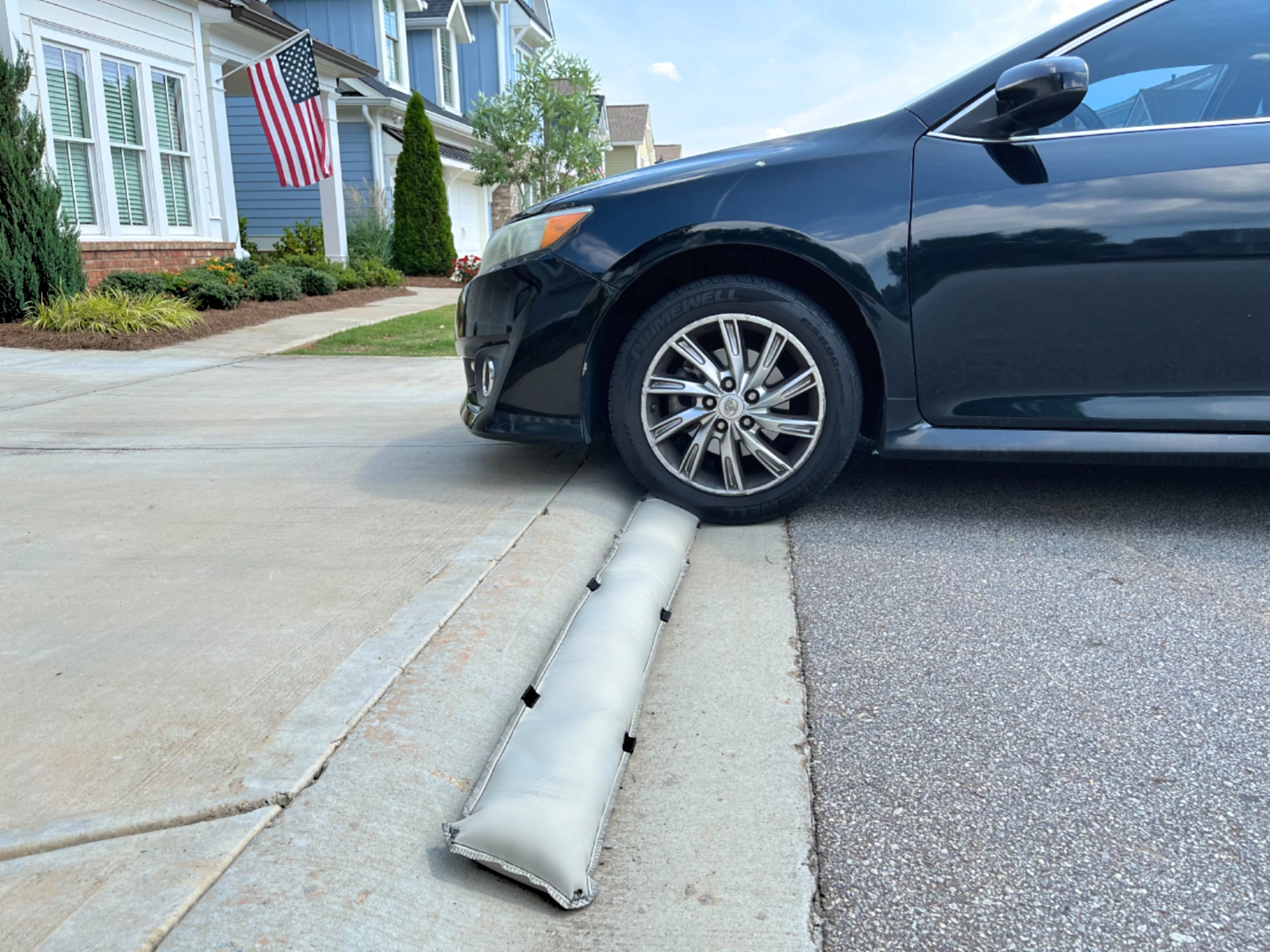Proper wheel alignment is crucial for the performance and handling of any vehicle, including scooters. Just like cars and motorcycles, scooters also require regular maintenance and alignment adjustments to ensure a safe and smooth ride. In this article, we will discuss the importance of scooter wheel alignment and provide you with a step-by-step guide on how to do it yourself.
Why Does Wheel Alignment Matter for Scooters?
Wheel alignment refers to the adjustment of the angles of the scooter’s wheels relative to each other and the ground. When the wheels are not properly aligned, it can lead to various issues that affect both the performance and safety of the scooter:
- Improved Handling: Proper alignment allows the scooter to handle better, providing stability and control while turning.
- Tire Wear: Misalignment can cause uneven tire wear, leading to premature tire degradation and the need for frequent replacements.
- Fuel Efficiency: When the wheels are misaligned, the scooter may experience increased rolling resistance, resulting in reduced fuel efficiency.
- Steering and Suspension: Misalignment can put additional stress on the steering and suspension components, leading to premature wear and potential damage.
- Safety: Proper wheel alignment ensures optimal traction and stability, reducing the risk of accidents or loss of control.
How to Check Scooter Wheel Alignment
Checking the alignment of your scooter’s wheels is a relatively simple process that can be done at home with basic tools. Here’s a step-by-step guide:
- Prepare Your Scooter: Park your scooter on a level surface and make sure it is securely supported.
- Inspect the Tires: Check the tires for any signs of uneven wear, bulges, or damage. If you notice any issues, it’s important to address them before proceeding with the alignment.
- Measure the Alignment: Use a measuring tape or ruler to measure the distance between the center of the front wheel and a fixed point on each side, such as the handlebars or frame. Make sure the measurements are the same on both sides for proper alignment.
- Adjust the Alignment: If the measurements are different, you will need to adjust the alignment. Most scooters provide adjustable tie rods or other components that allow you to fine-tune the alignment. Consult your scooter’s manual or manufacturer for specific instructions on how to make the necessary adjustments. It’s important to make gradual adjustments and recheck the alignment after each adjustment until the measurements are consistent on both sides.
- Test Ride: Once you have made the necessary adjustments, take your scooter for a test ride to ensure that it handles well and feels stable. If you notice any issues, recheck the alignment and make further adjustments if needed.
It’s worth noting that if you lack the tools or confidence to perform the alignment yourself, it is always recommended to take your scooter to a professional mechanic or scooter shop for assistance. They have the expertise and specialized equipment to ensure precise alignment and a thorough inspection of your scooter’s components.

Credit: www.ebay.com

